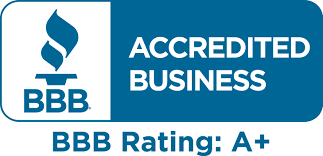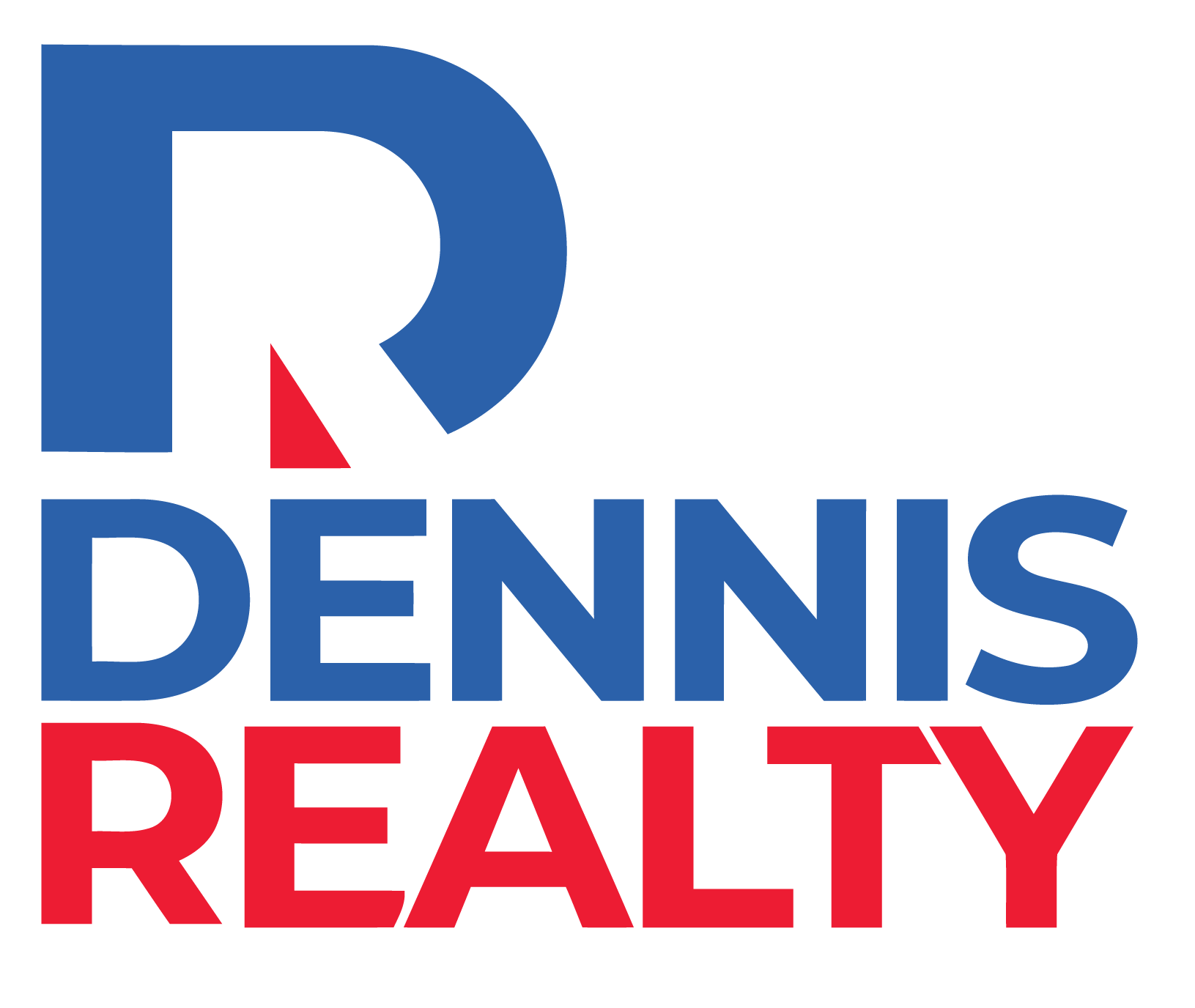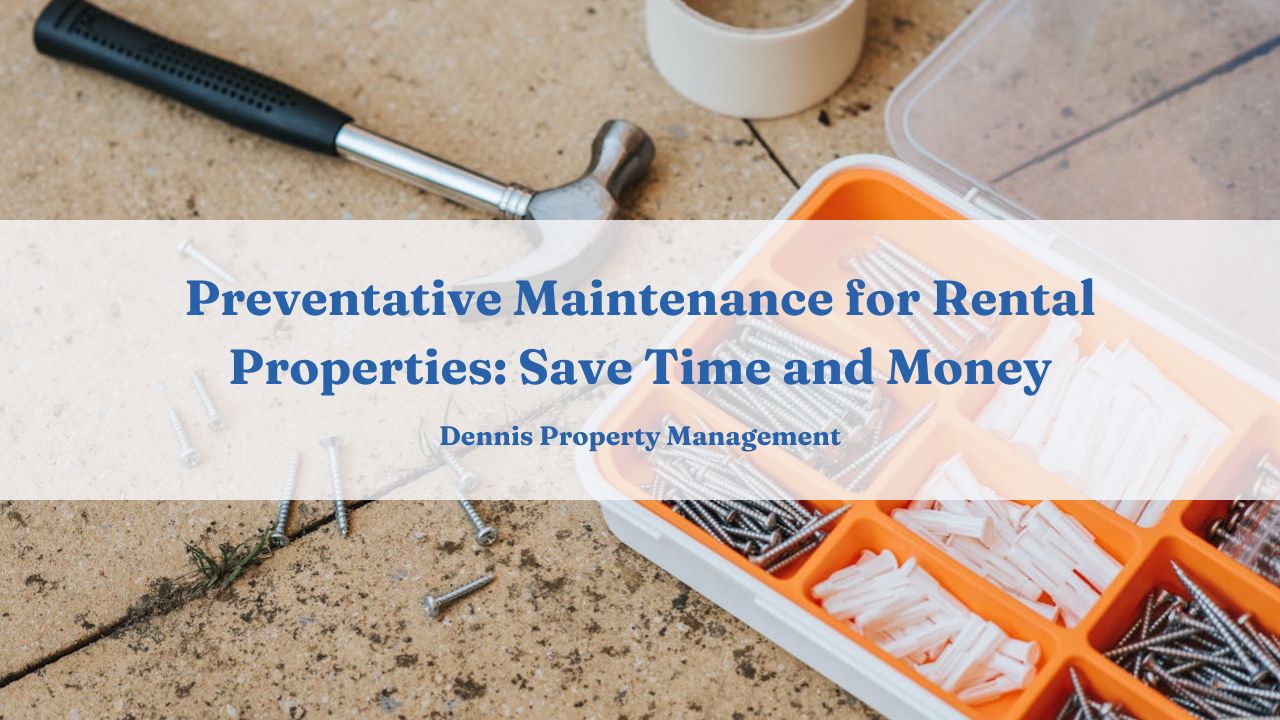
Key Takeaways
Preventative Maintenance Protects Investments: Regular inspections and early fixes to key systems like HVAC, plumbing, and roofing help landlords avoid costly emergency repairs, reduce liability risks, and maintain or increase property value.
Improves Tenant Satisfaction and Retention: Proactive upkeep demonstrates professionalism and care, which boosts tenant trust, satisfaction, and lease renewals, ultimately lowering vacancy and turnover costs.
A Maintenance Plan is Essential: Implementing a seasonal maintenance calendar, conducting routine inspections, and documenting all repairs and communication ensures properties stay in good condition and remain compliant with safety and legal standards.
One of the clearest markers that separates great landlords from merely good ones is how they handle property repairs and maintenance.
While addressing tenant issues in a timely manner is crucial, the best landlords go beyond reactive fixes and instead implement preventative maintenance strategies.
This proactive approach not only enhances tenant satisfaction but also protects your property investment, minimizes costs, and builds lasting landlord-tenant relationships.
In this guide, our team at Dennis Property Management will explore the concept of preventative maintenance, explain its benefits, and offer practical strategies you can apply to keep your rental properties in top shape throughout the year.
CONTACT US TODAY FOR MORE INFORMATION
What is Preventative Maintenance?
Preventative maintenance refers to the routine inspection, servicing, and repair of various systems and components within a rental property, before they break down or become serious problems.
Rather than waiting for something to go wrong, you take intentional steps to preserve the property’s condition, functionality, and safety.
This approach focuses on high-impact areas such as:
Plumbing systems
Electrical wiring
HVAC (heating, ventilation, and air conditioning) units
Roofing and gutters
Fire and safety equipment
By addressing small issues before they escalate, landlords can avoid costly repairs, maintain compliance with local housing regulations, and provide a high-quality living experience for their tenants.
Why Preventative Maintenance Matters
Implementing a proactive maintenance plan is more than just a good practice, it’s a smart investment strategy.
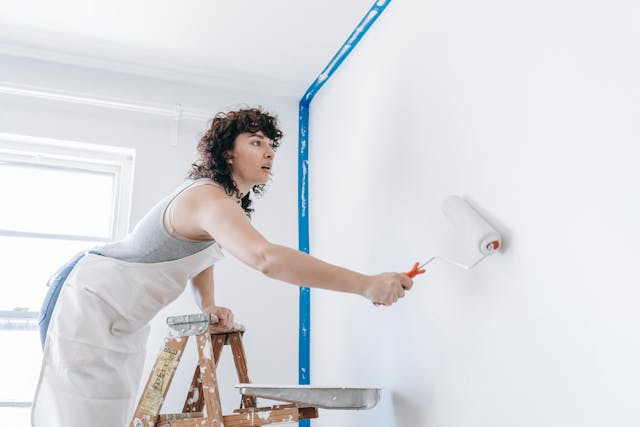
Here are the key advantages of adopting preventative maintenance for your rental properties:
1. Saving Time
Handling emergencies like burst pipes or broken furnaces can be time-consuming and stressful. Preventative maintenance allows you to plan ahead and deal with potential issues before they become time-sensitive problems.
This reduces downtime and minimizes tenant disruptions. Make sure to communicate preventative maintenance expectations with tenants during the tenant screening process.
2. Reduces Liability Risks
As a landlord, you’re legally responsible for providing a safe and habitable living environment. Ignoring property upkeep can expose you to lawsuits, fines, or tenant complaints.
Regular maintenance, especially in safety-critical areas like smoke detectors and structural components, shows that you’re actively working to protect your tenants and your property.
3. Saves Money on Costly Repairs
Small problems, when caught early, are usually much cheaper to fix. For example, repairing a small roof leak early could cost a few hundred dollars, whereas water damage repairs from a neglected leak could run into the thousands.
Investing in regular inspections and low-cost maintenance tasks helps prevent these expensive surprises. Also make sure to renovate the property when necessary.
4. Maintains or Increases Property Value
Well-maintained properties are more attractive to prospective tenants and buyers alike.

Keeping up with routine maintenance preserves the aesthetic appeal and functional integrity of the building, which ultimately boosts property value and ensures your rental remains competitive in the market.
5. Improves Tenant Satisfaction and Retention
Tenants are more likely to renew their Tampa lease agreement if they feel comfortable and cared for in their home. Preventative maintenance demonstrates professionalism, responsiveness, and respect for the tenant’s experience.
This builds trust and often leads to long-term occupancy, which in turn reduces vacancy rates and turnover costs.
LEARN MORE ABOUT OUR SERVICES
How to Implement a Preventative Maintenance Plan
Creating a solid maintenance plan doesn’t have to be complicated. Below are actionable strategies landlords can use to implement preventative maintenance across their rental properties:
1. Develop a Year-round Maintenance Calendar
Start by outlining seasonal maintenance tasks and scheduling them in advance. A simple digital calendar or property management software can help you track what needs to be done and when.
For example:
Spring: Test HVAC cooling systems, check for water damage, clean outdoor areas.
Summer: Inspect plumbing for leaks, service air conditioners, clean exterior windows.
Fall: Inspect heating systems, clean gutters, check for roof damage.
Winter: Test insulation, check heating functionality, prevent frozen pipes.
2. Regularly Inspect Key Property Systems
Schedule periodic inspections for your property's most important systems:
Plumbing: Check for leaks, slow drains, or signs of mold.
Electrical: Test outlets, switches, and circuit breakers.
HVAC: Replace filters regularly and schedule annual professional servicing.
Roofing and Gutters: Look for cracks, clogs, or pooling water.
_1.jpg)
These inspections should be both visual (performed by you or your property manager) and professional (licensed contractors or technicians at least once per year).
3. Maintain the Exterior
Don’t overlook the outside of your rental. Keep lawns mowed, trees trimmed, and walkways clear. Fix issues like peeling paint, broken fencing, or cracked siding early to preserve curb appeal and prevent further damage.
4. Address Tenant Requests Promptly
Quickly responding to tenant repair requests, no matter how small, can be a form of preventative maintenance.
Fixing a dripping faucet today could prevent water damage or mold tomorrow. Plus, tenants who feel heard and respected are more likely to report issues early, before they spiral.
5. Conduct Pest Control
Routine pest control inspections and treatments can prevent infestations from taking hold.
Consider quarterly visits from a pest control professional to guard against rodents, termites, and insects, which are common issues that can silently cause thousands in damage.
6. Fire and Safety Equipment Checks
Test all smoke detectors, carbon monoxide detectors, and fire extinguishers regularly. Replace batteries at least once a year and document every inspection.
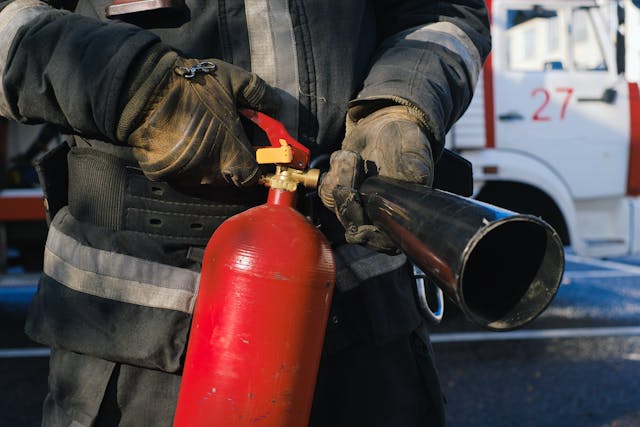
Also, make sure fire exits are unobstructed and emergency lighting is functional.
7. Document Everything
Maintain detailed records of all inspections, repairs, and communications with tenants regarding maintenance. This helps in case of disputes and also ensures that you’re staying compliant with local laws and lease agreements.
MAKE SURE TO CALCULATE YOUR ROI!
Bottom Line
Preventative maintenance may require consistent effort and upfront investment, but the long-term benefits are undeniable. From saving money and reducing risk to enhancing tenant satisfaction and preserving property value, being proactive pays off.
The most successful landlords treat their rental properties not just as passive income generators, but as businesses that require care, oversight, and planning. Let our team at Dennis Property Management help!
A well-executed preventative maintenance strategy creates a win-win situation: tenants enjoy safe, well-maintained homes, and landlords enjoy fewer headaches and stronger returns.
So don’t wait for things to go wrong, get ahead of the curve and build a maintenance schedule that keeps your properties running smoothly all year long. Your tenants and your bottom line will thank you.




